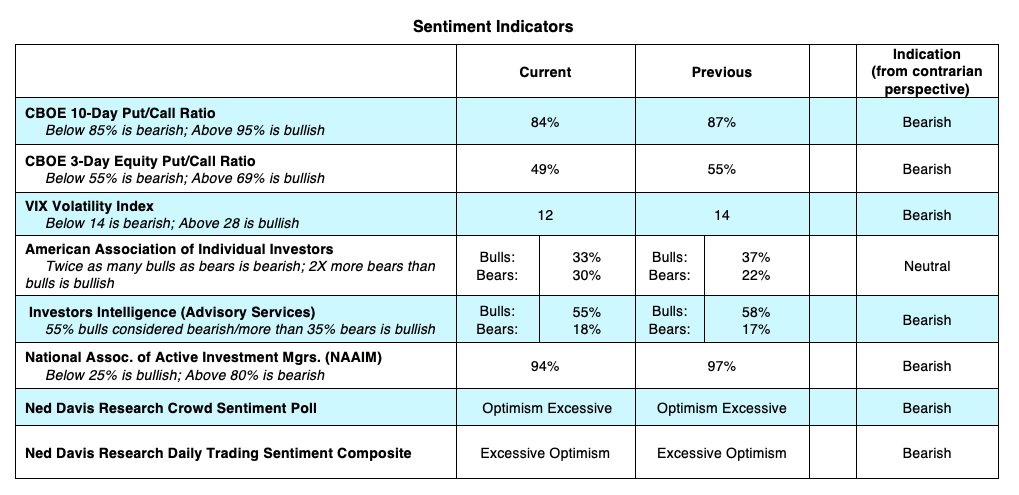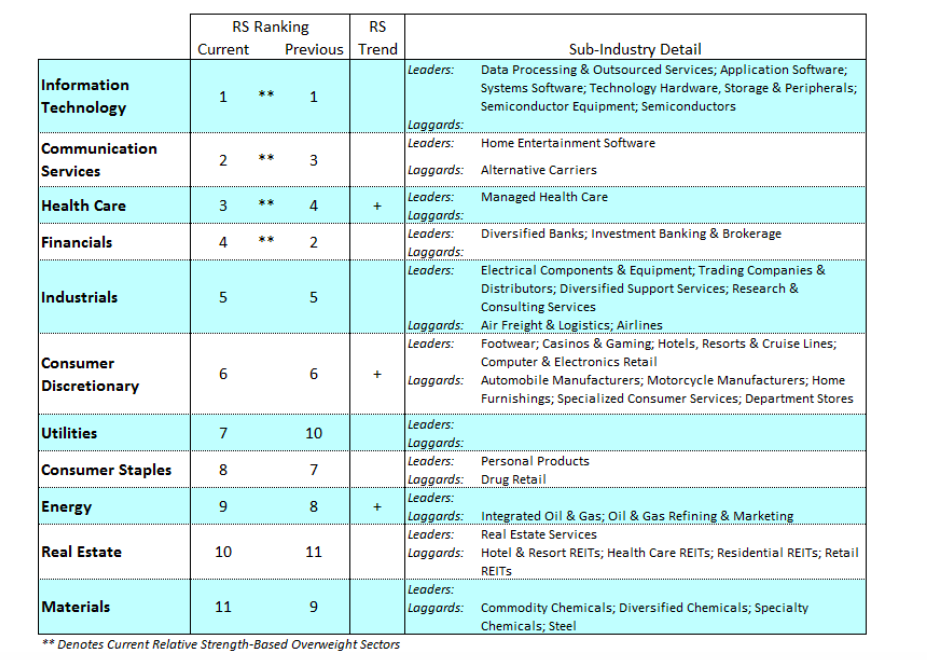Stocks hit record highs last week as the tensions between Iran and the United States stabilized, and it became clear that both sides are not interested in a military confrontation. The S&P 500 Index touched up near 3300 and the Dow Jones Industrial Average near 29000.
Oil prices were the big losers falling 6.0%, the most since July 2019. Gold also traded $50 lower.
On balance, it was another example of a very resilient market.
Let’s review a few key questions for the rest of January and beyond:
Job gains and wages slowed in December. Does this indicate a slowing economy?
The December jobs numbers registered a slowdown in job gains. The shortfall in new jobs in the final month of the year could be an adjustment from an exceptionally strong November number. The pace of hourly wage growth fell to 2.9% in December for the first time in over a year. However, the unemployment rate remained at a 50-year low.
The bottom line is that the U.S. labor market remains strong. Even though there is a slowdown in hiring and hourly wages, the unemployment rate remains at a 50-year low of 3.5%. The strong labor market translates into consumers continuing to spend and driving this economy and the stock market higher. The Bloomberg Consumer Comfort Index reported that the consumers’ assessment of the state of the economy reached its highest level in 19 years.
With investor optimism in the excessive category is there concern from a contrarian standpoint that stock prices are too high?

The liquidity provided by the central banks in 2019 as well as a strong labor market and healthy consumer spending have been the main engines of the strong economy and rise in the equity markets in 2019.
The concerns of 2019 were trade issues, geopolitical tensions, a global slowdown and U.S. politics. We believe that not much has changed from 2019 and that the equity markets in 2020 will continue to grind higher based on the same factors that drove the markets higher in 2019 – an accommodative Federal Reserve and consumer spending.
However, according to Ned Davis “stocks are in the highest quintile of valuations dating back to 1925.” With the backdrop of the stock market at record highs, geopolitical tensions, and trade uncertainties, we can expect to see a short-term pullback in the equity markets. Stocks can still go higher even with valuations stretched, but we expect that returns in stocks to be more modest this year than last year.
Where to invest? I think investors should diversify to help offset bouts of volatility. Also note that those who chose to stay out of the market in 2019 due to swings in the market missed a major move up.
The strongest sectors of the market are information technology, communication services, financials, industrials and healthcare.

As far as information technology and communication services are concerned, digitalization in business is now inevitable for almost all companies. Our analysts at Baird predict cloud expansion and improving margin trends to take shape during the second quarter. A healthy U.S. economy, a rebound in the global economy, low rates and continued consumer spending bode well for the financials and industrials.
Healthcare is currently our only defensive choice. There is an ongoing stream of innovative drugs and healthcare services coming to the forefront in 2020 that have demonstrated efficiency and profitability and are mostly unaffected by politics.
Investors who are looking for income and who need to be more conservative should remain in short-term U.S. government securities which continue to offer higher yields than foreign government bonds. Investors who are willing to take more risks in their pursuit of higher current return can look at dividend-paying stocks such as REITS, utilities, as well as some of the energy stocks and pipeline operators but should understand there are more moderate risks with equities.
Twitter: @WillieDelwiche
Any opinions expressed herein are solely those of the author, and do not in any way represent the views or opinions of any other person or entity.








